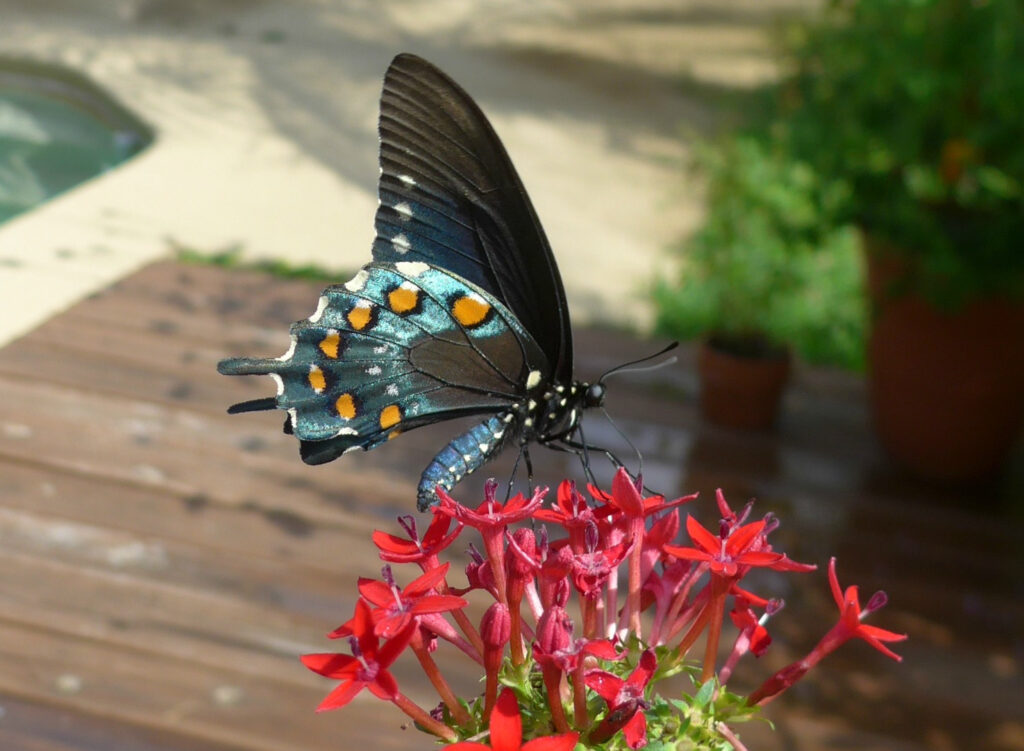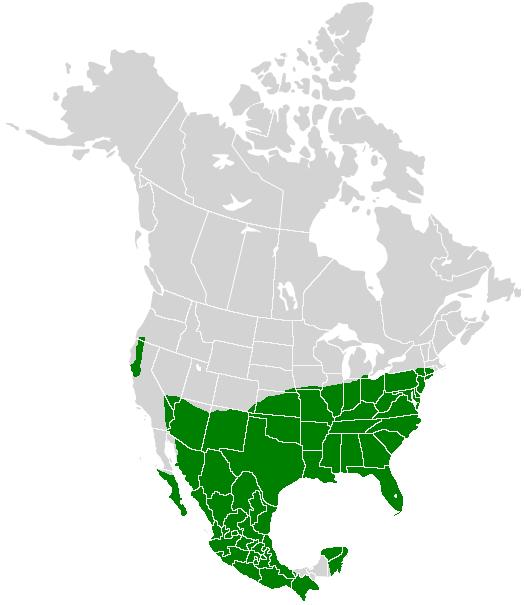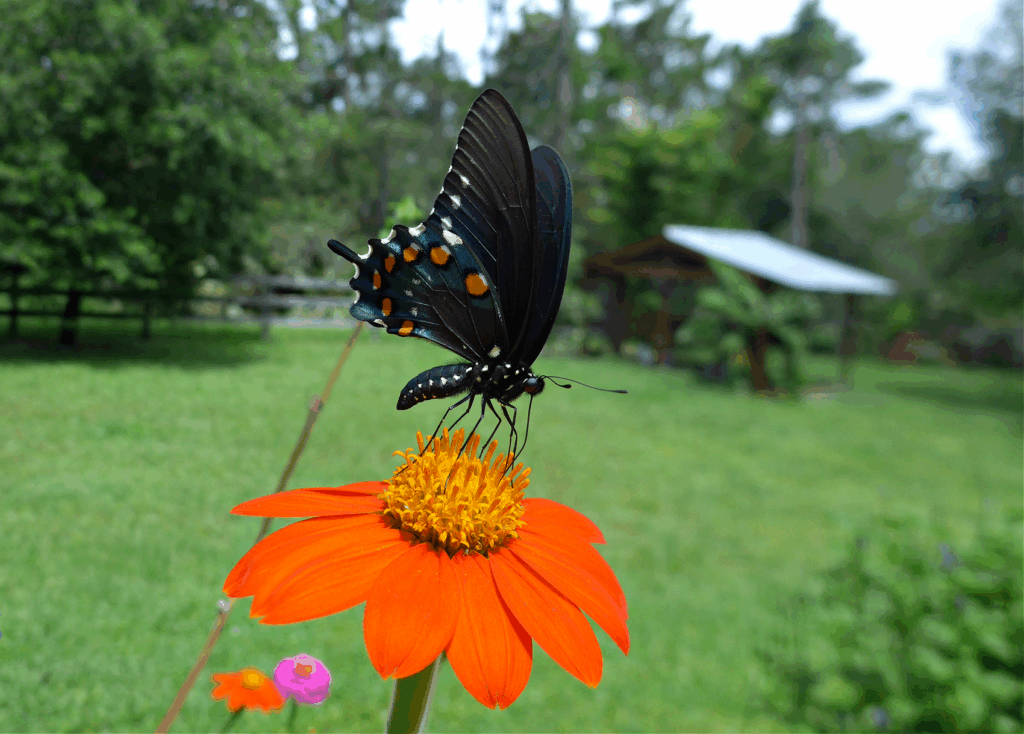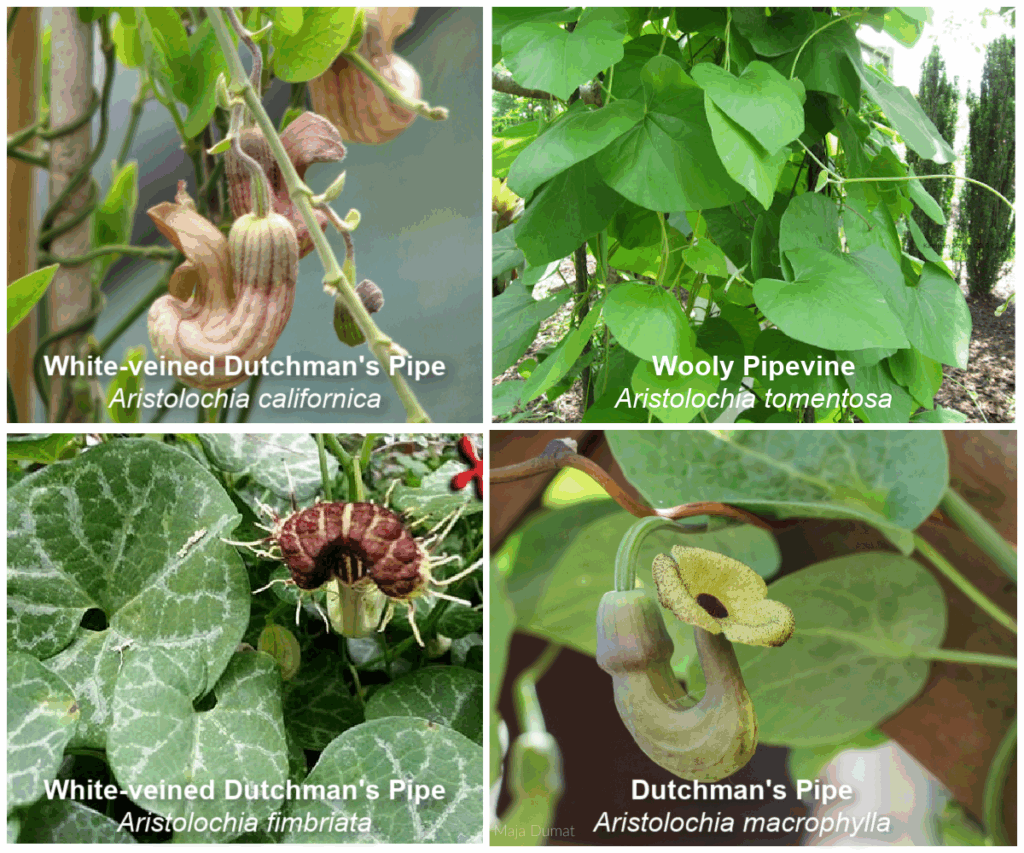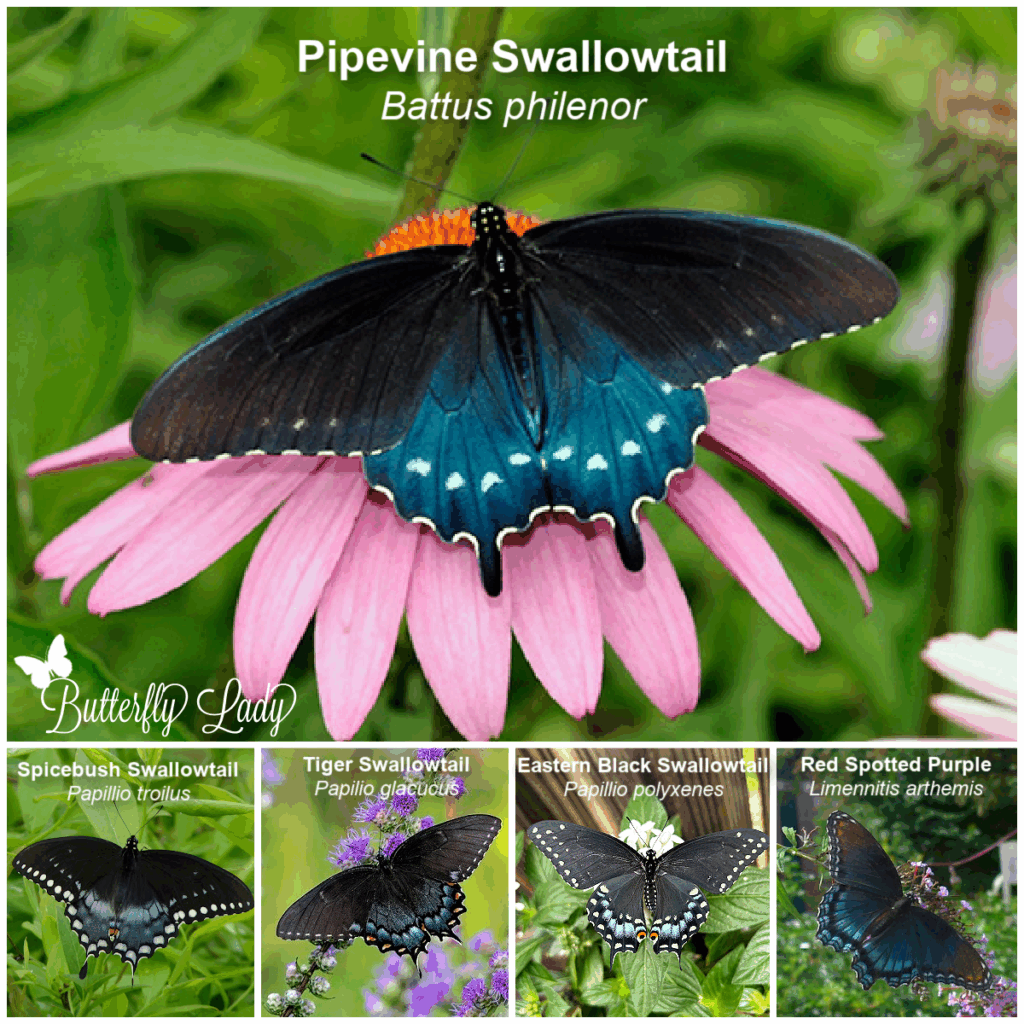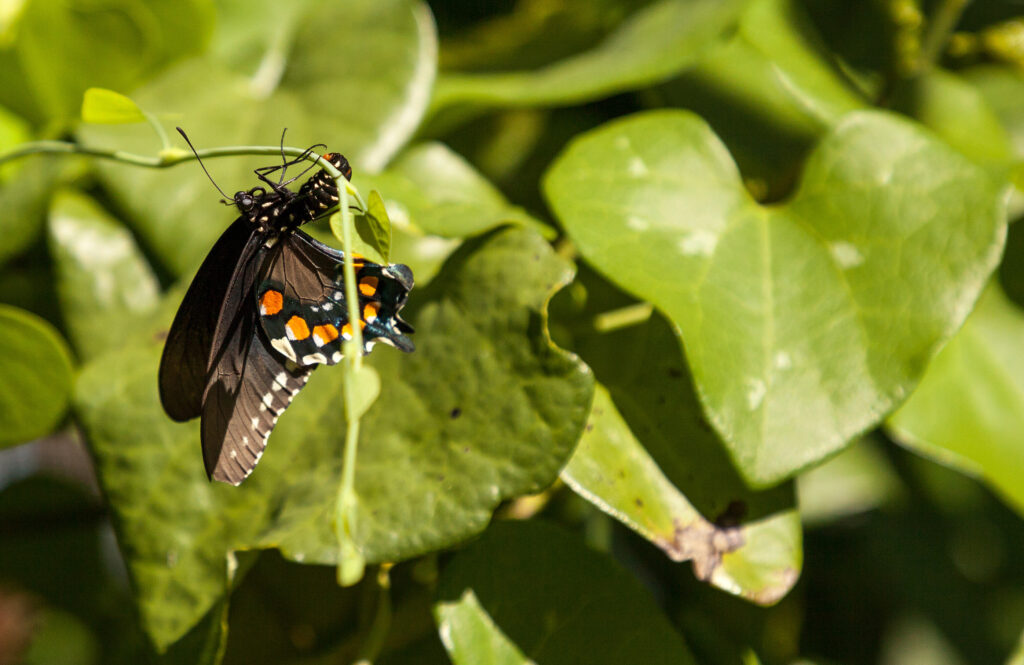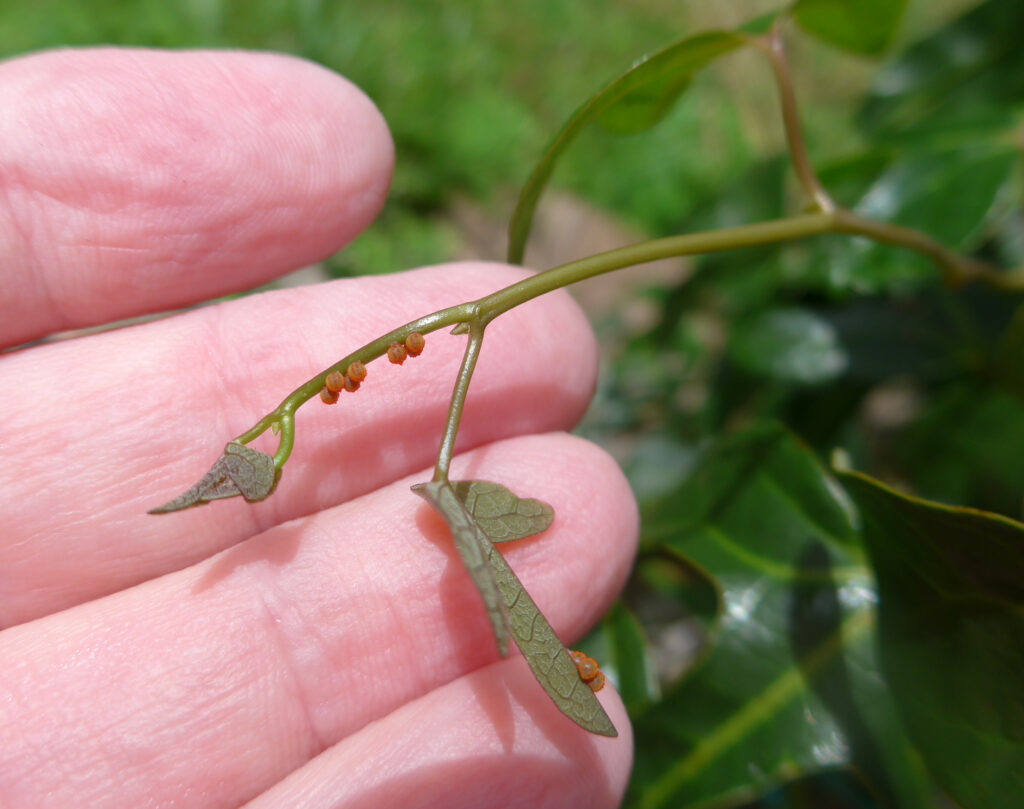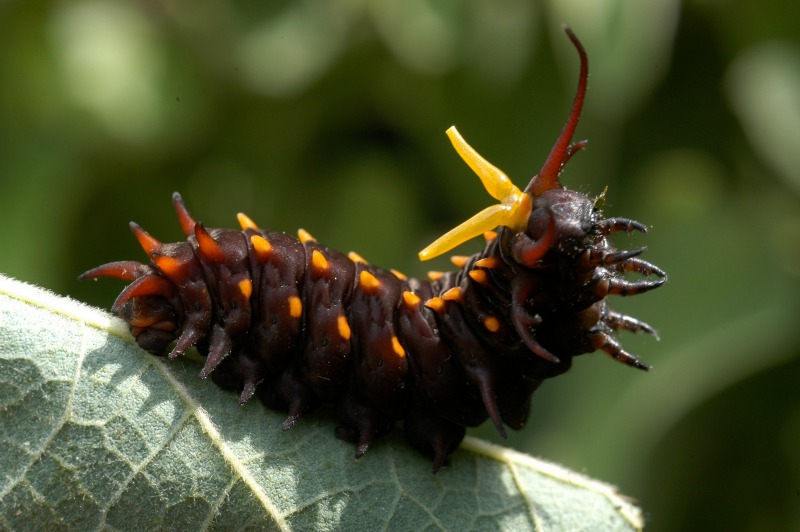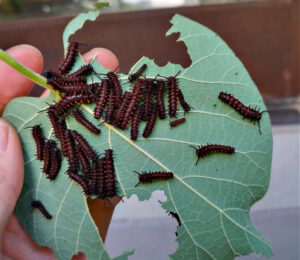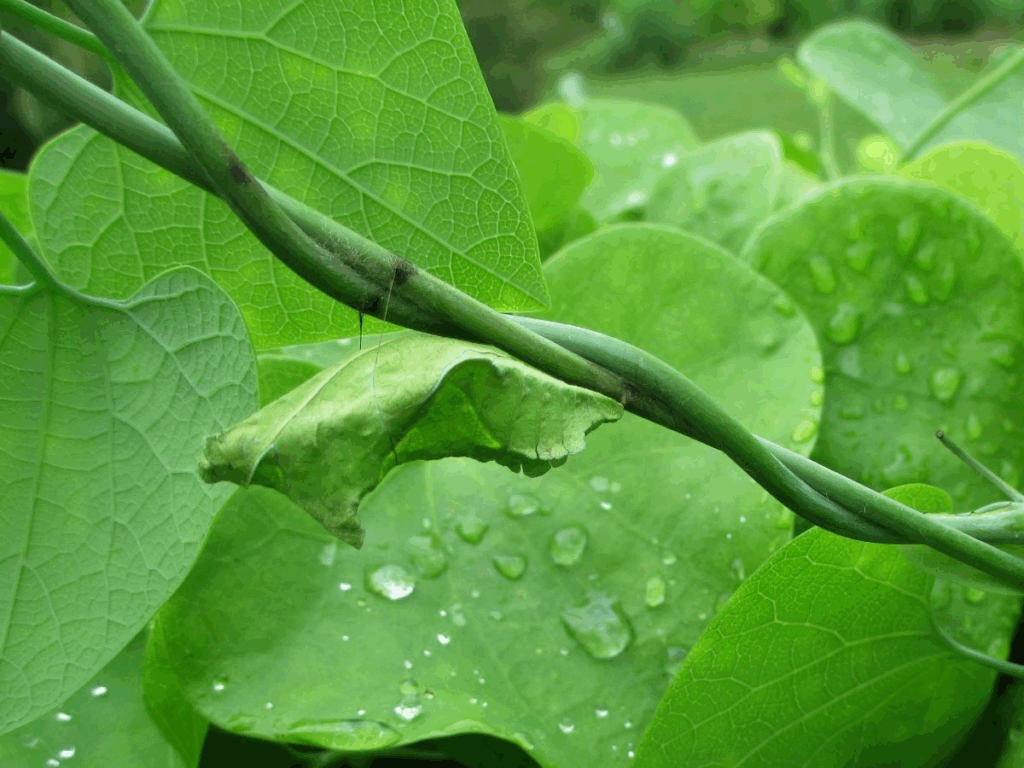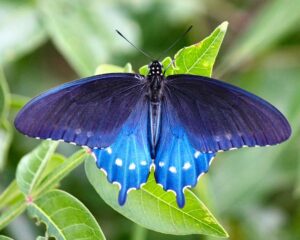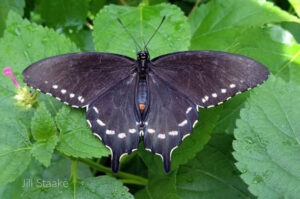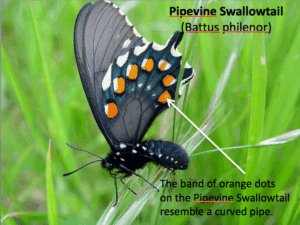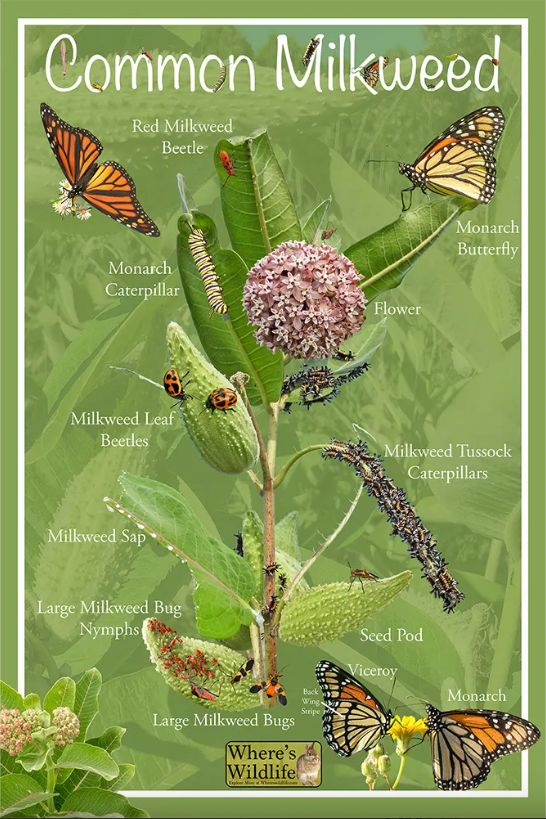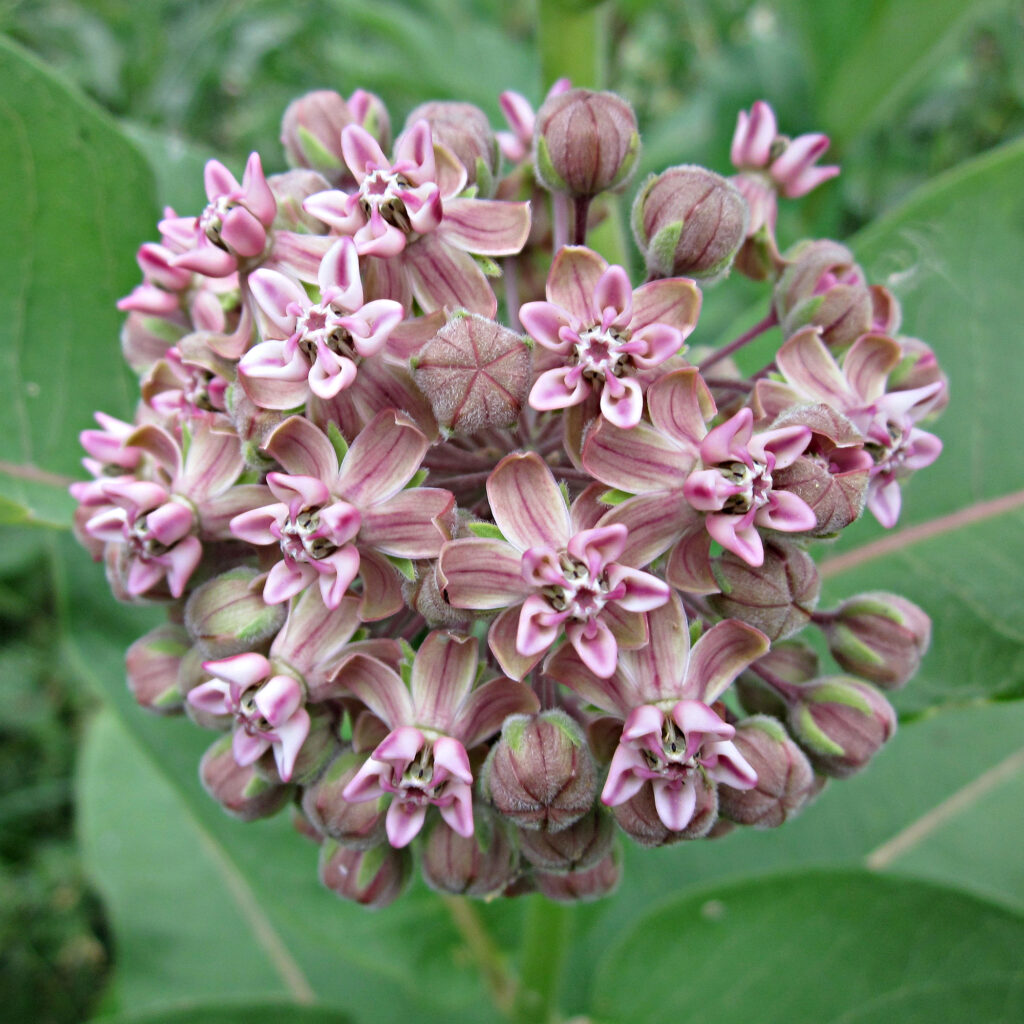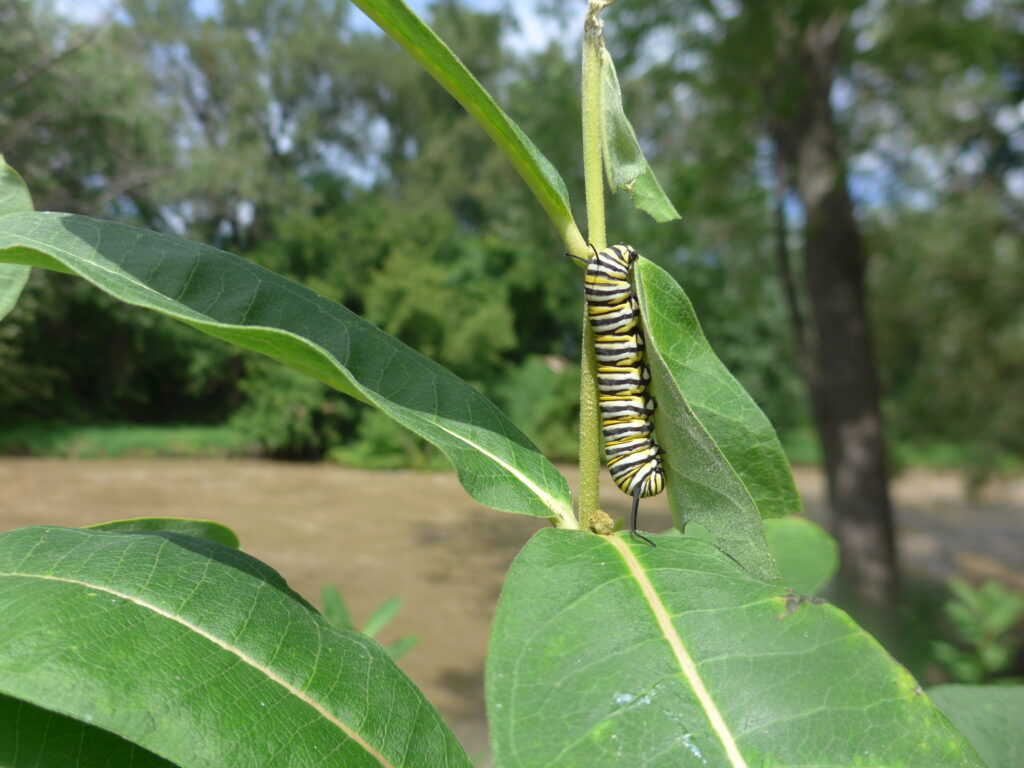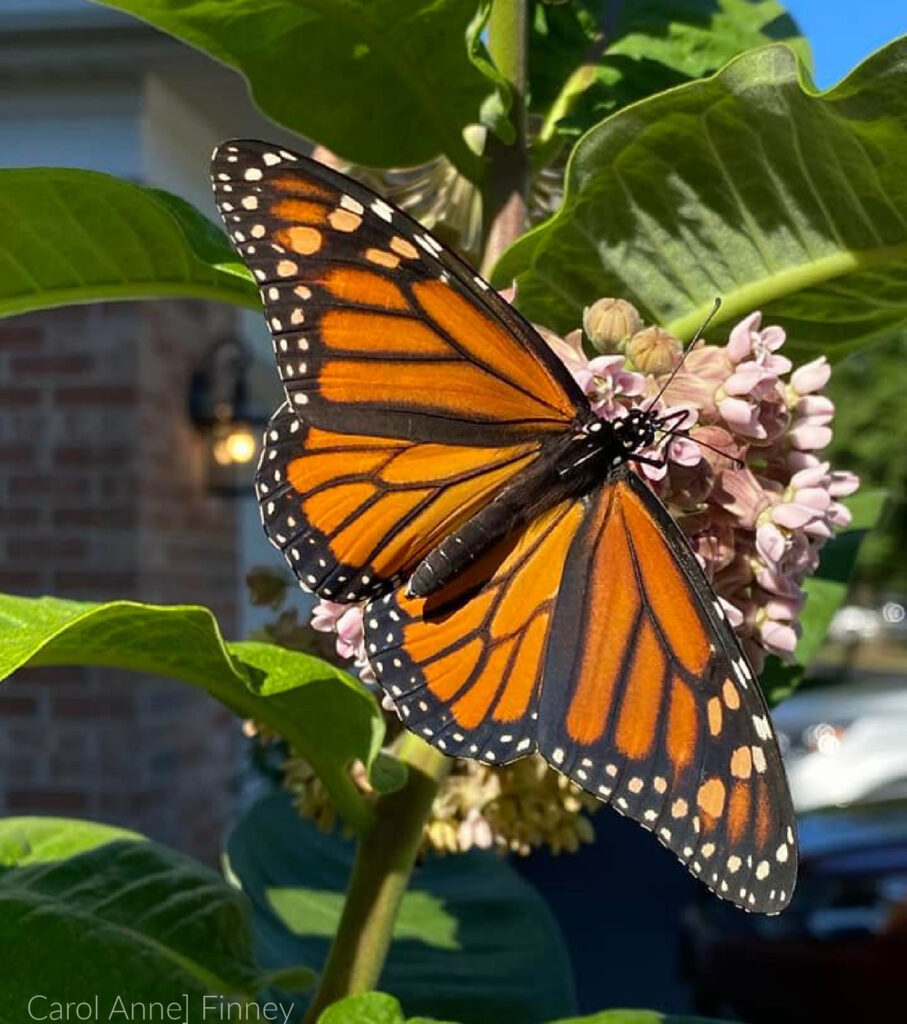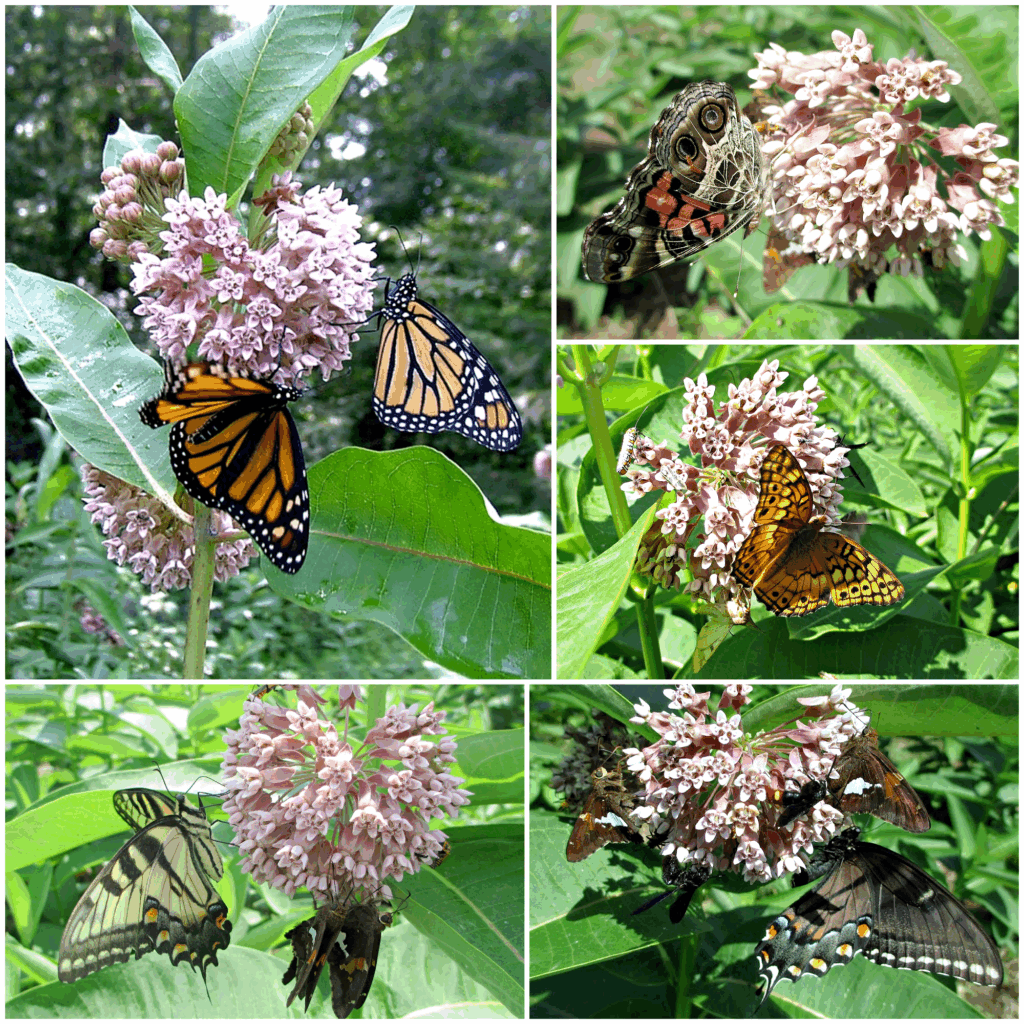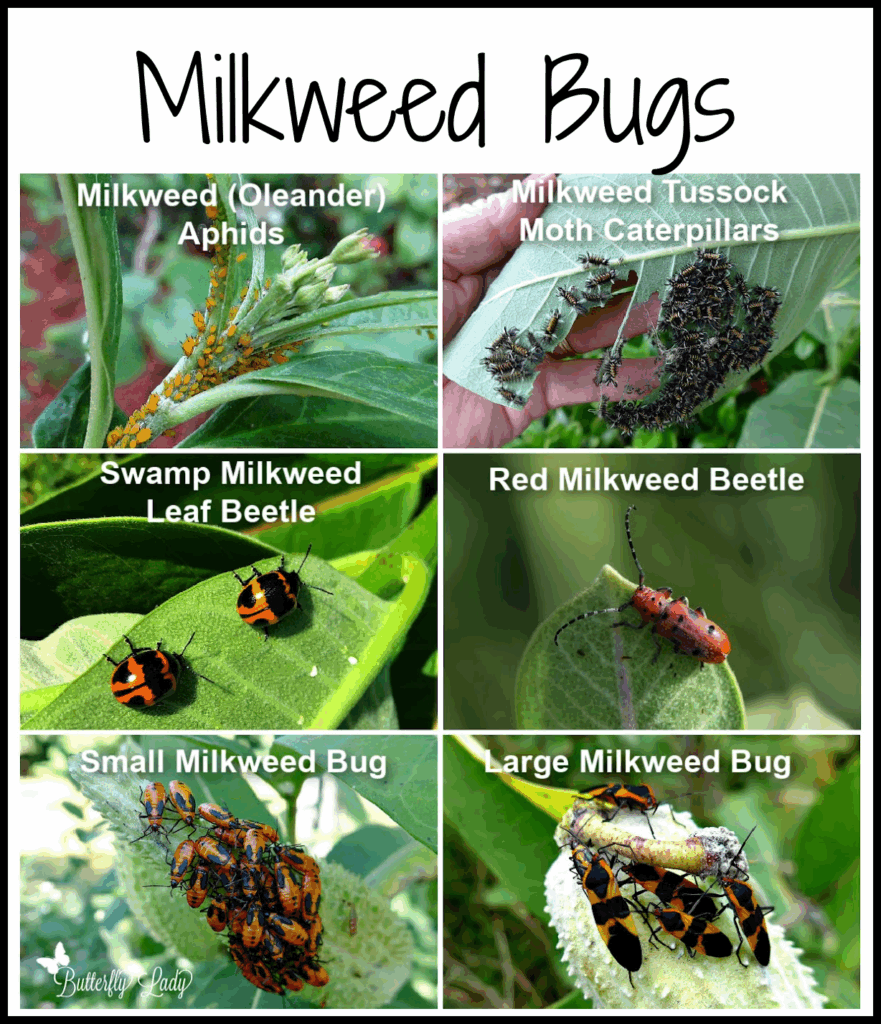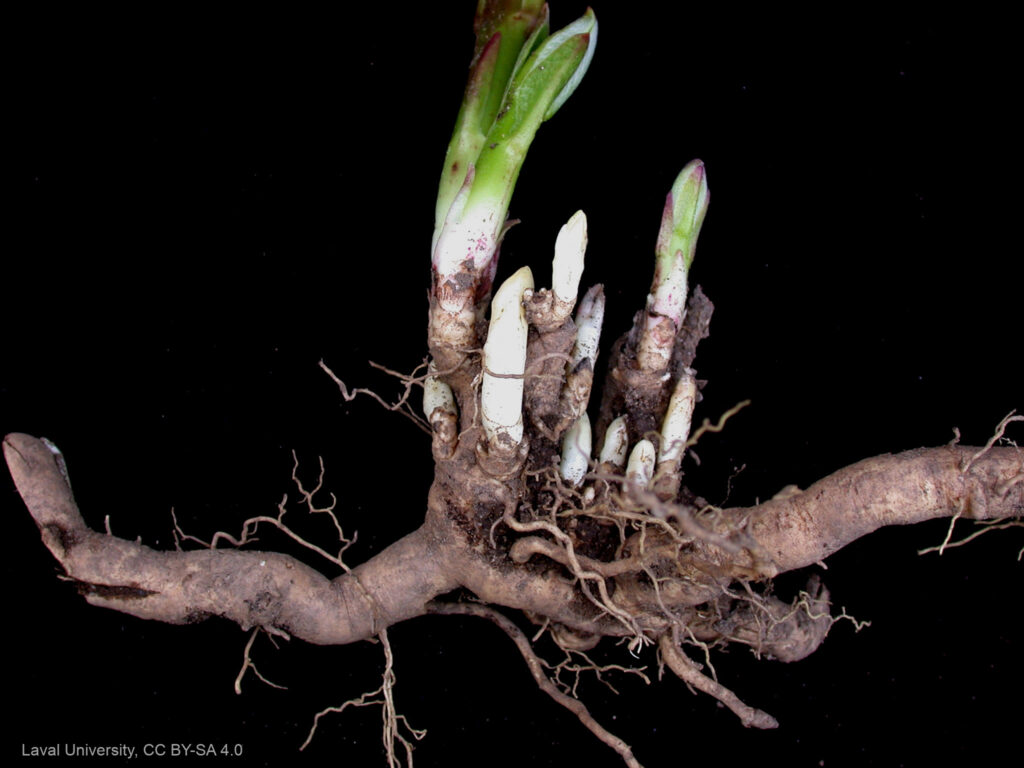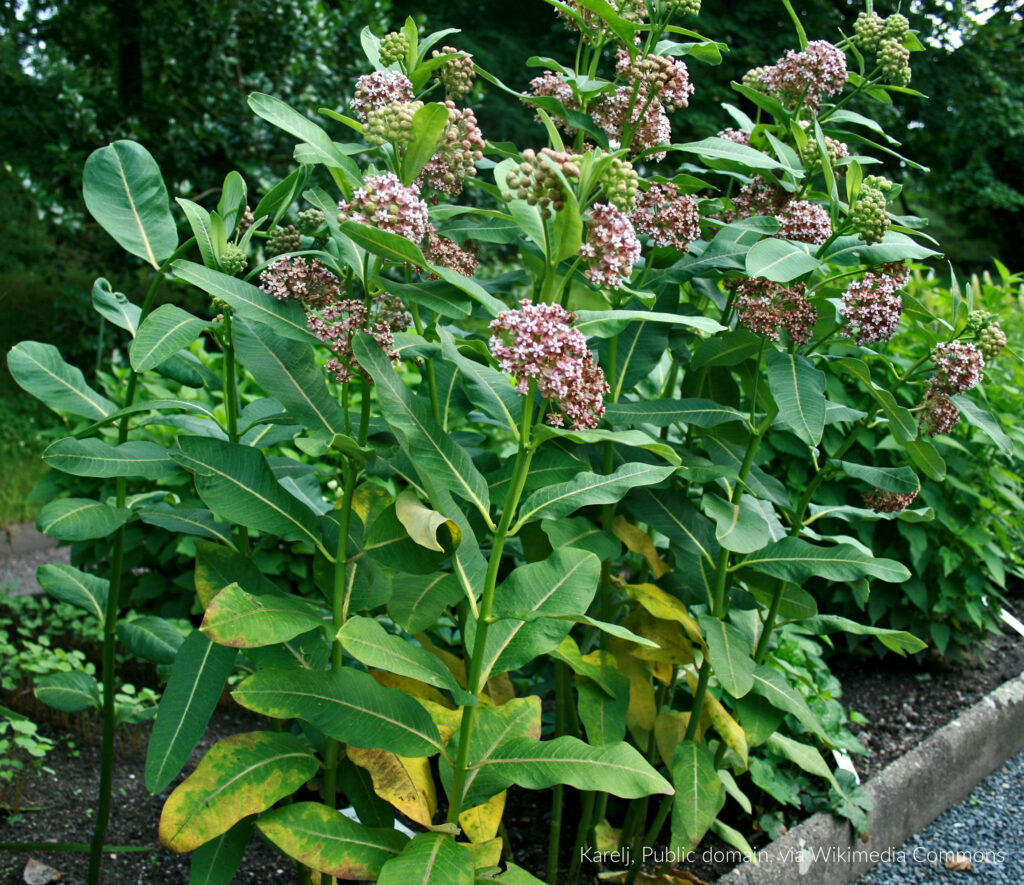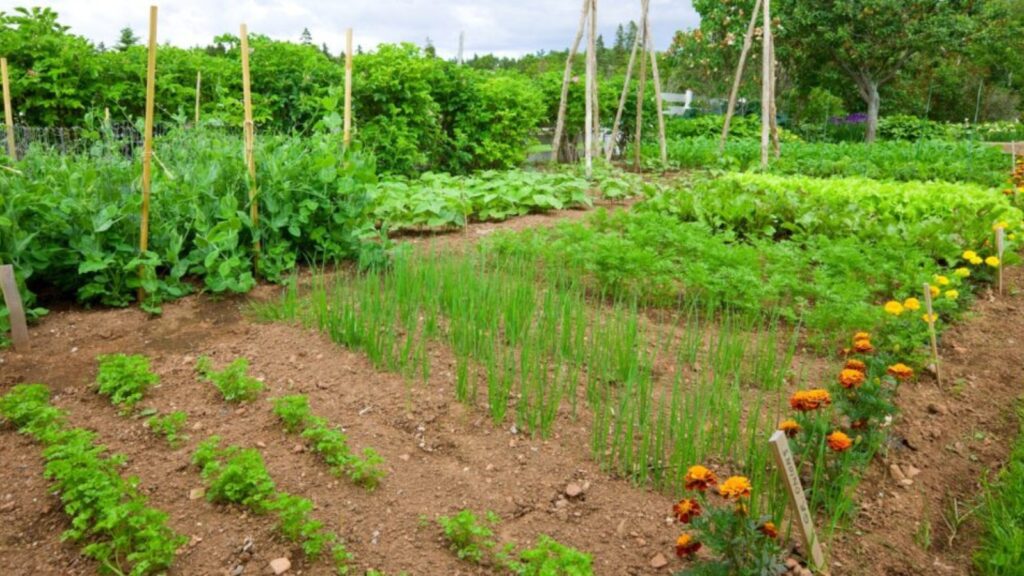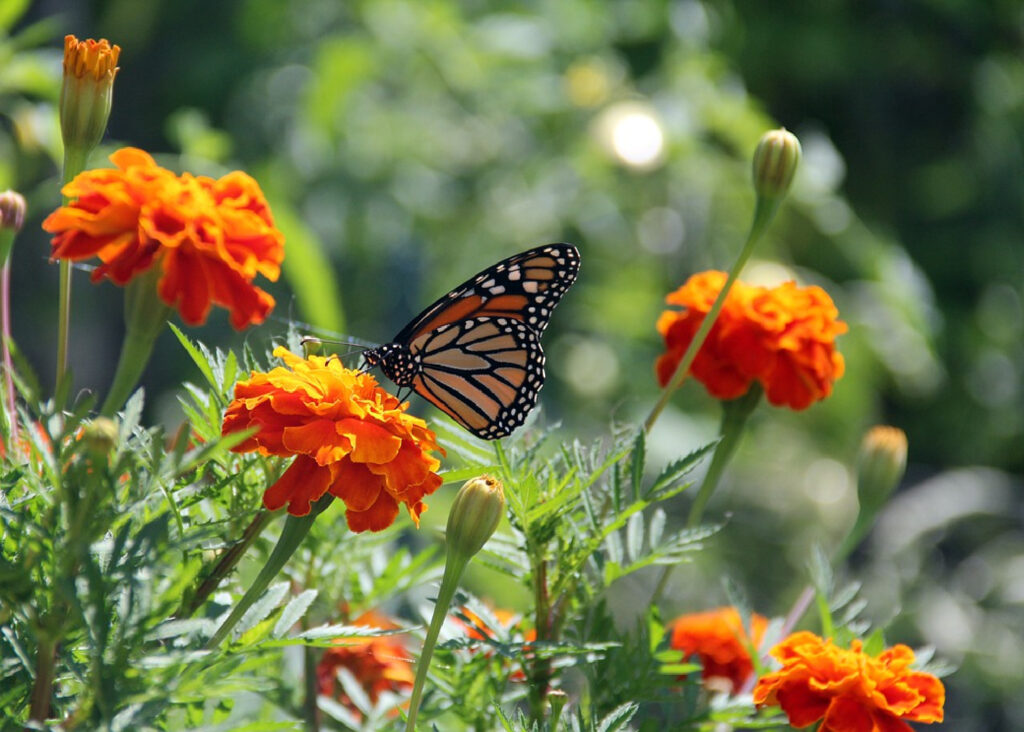Male butterflies frequently seek out plants that are rich in alkaloids, not simply for nourishment but for pharmacology—the deliberate ingestion of plant chemicals necessary for producing sex pheromones. These pheromones, which are derived from the alkaloids consumed, are stored in specialized scent organs and later released during mating rituals to attract female butterflies.
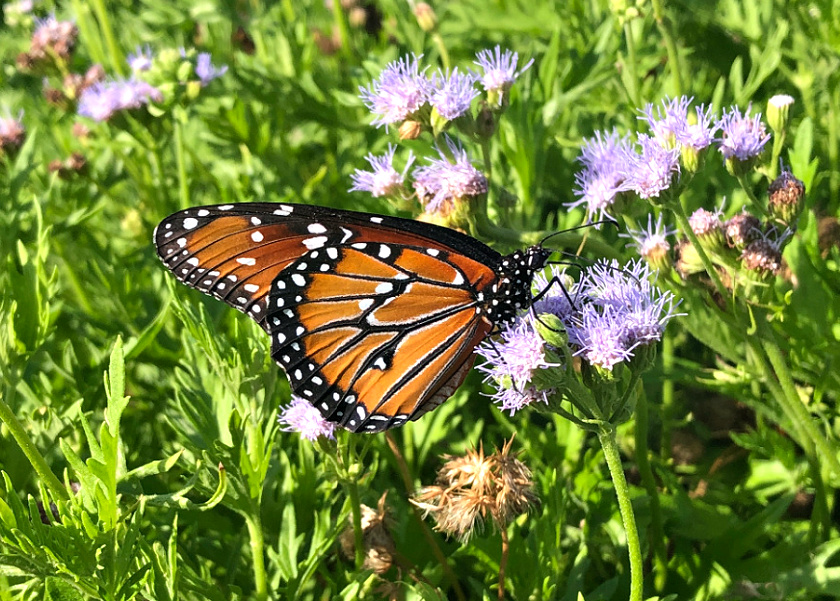
Chemical Attraction and Courtship in Queen Butterflies
A notable example of this behavior is seen in the Queen butterfly (Danaus gilippus). Male Queen butterflies are particularly attracted to Gregg’s mistflower (Conoclinium greggii) due to a unique chemical interaction that significantly influences their mating behavior. Gregg’s mistflower produces a high concentration of alkaloids, especially pyrrolizidine alkaloids, which the male butterflies actively seek.
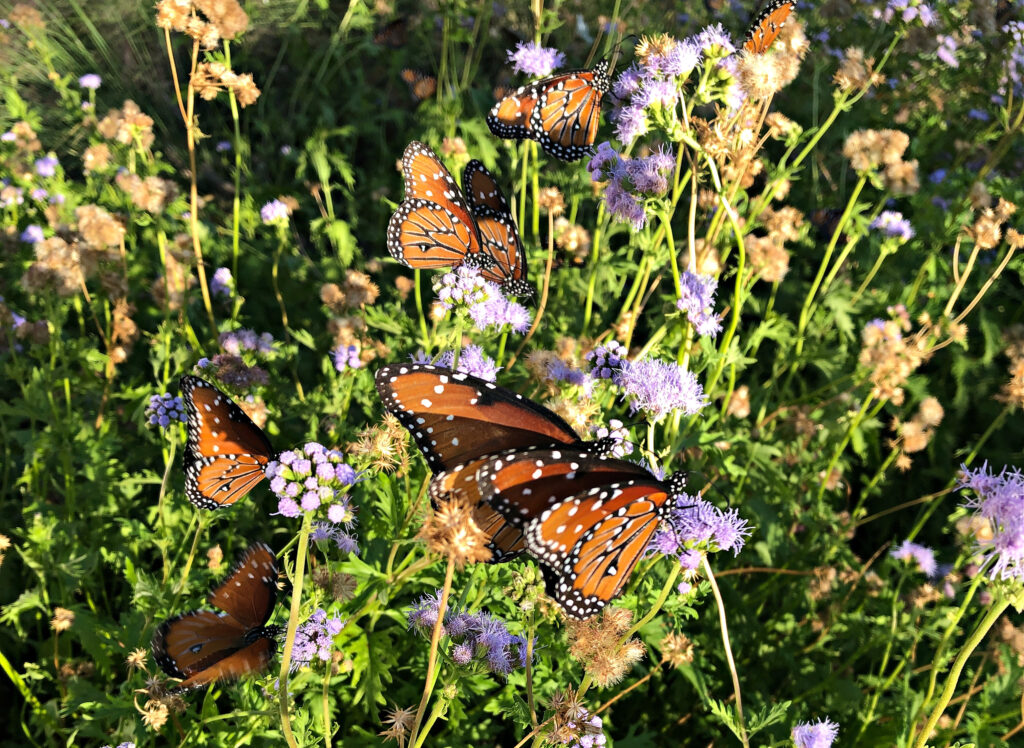 Male Danaus gilippus butterflies—commonly known as Queen butterflies—are especially drawn to Gregg’s mistflower (Conoclinium greggii) due to a fascinating chemical interaction that plays a role in their mating behavior.
Male Danaus gilippus butterflies—commonly known as Queen butterflies—are especially drawn to Gregg’s mistflower (Conoclinium greggii) due to a fascinating chemical interaction that plays a role in their mating behavior.
After consuming these compounds, the males convert them into sex pheromones that are stored in specialized scent patches on their wings, known as androconial organs. During courtship, the males release these pheromones to signal their fitness and appeal to potential mates.
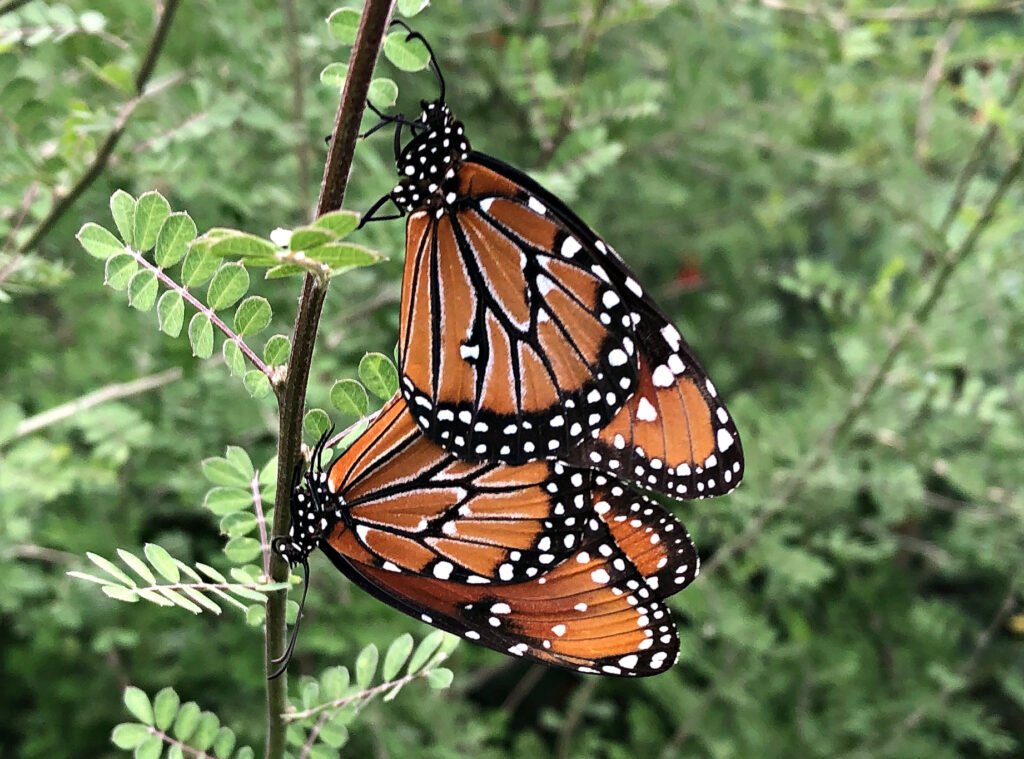
Why Gregg’s Mistflower Is a Preferred Choice
Gregg’s mistflower stands out among native plants because of its particularly high alkaloid content. This makes it a key resource for male butterflies seeking the chemicals necessary for pheromone production. In addition to its chemical properties, Gregg’s mistflower boasts a long blooming season and dense clusters of lavender-blue flowers, providing an abundant nectar source. This combination of chemical and nutritional benefits makes the plant exceptionally attractive to male butterflies, serving both their reproductive and dietary needs.
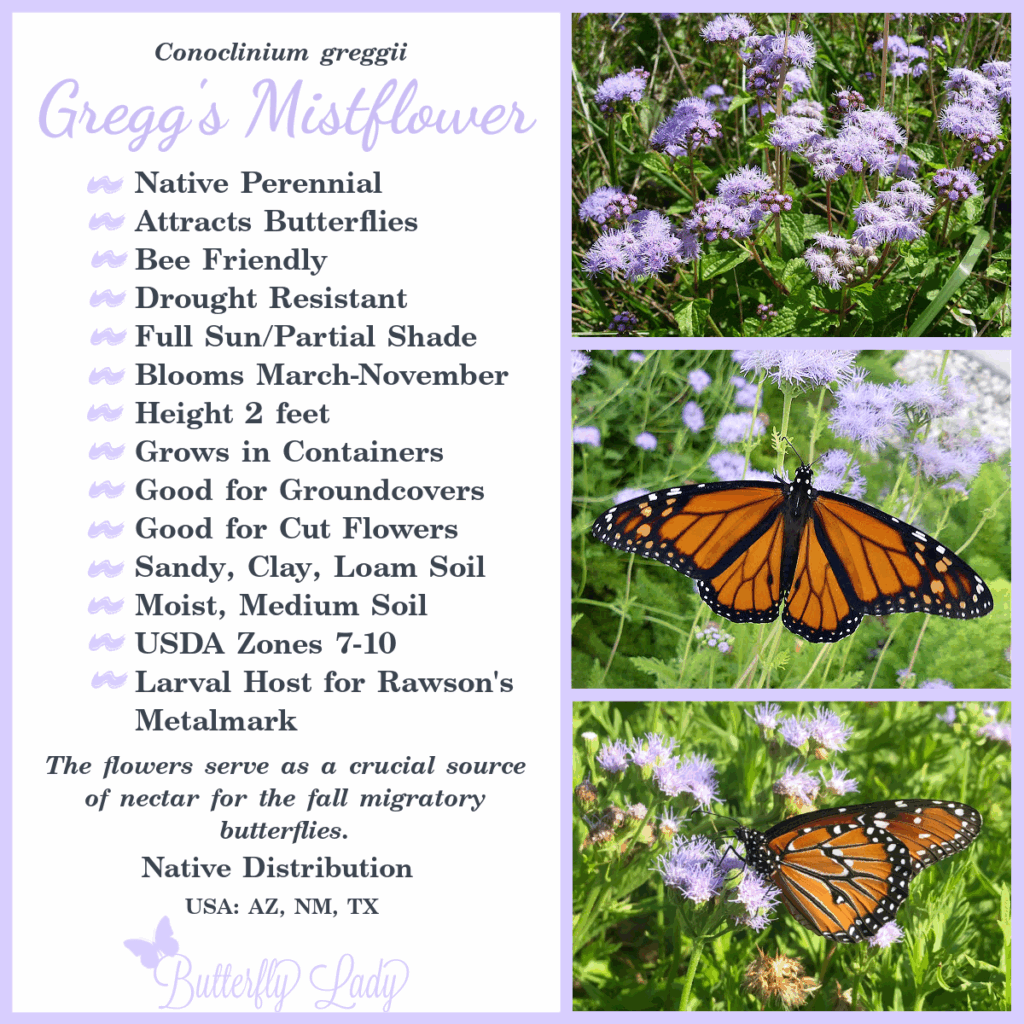
Monarch RX
A new citizen-science project, Monarch Rx, explores this little-known behavior in monarch butterflies called PA-pharmacology, where they scratch at and sip from leaves of non-milkweed plants containing pyrrolizidine alkaloids (PAs). These compounds, found in plants like boneset and mistflowers, provide defense against predators and potentially aid in mating and disease resistance.
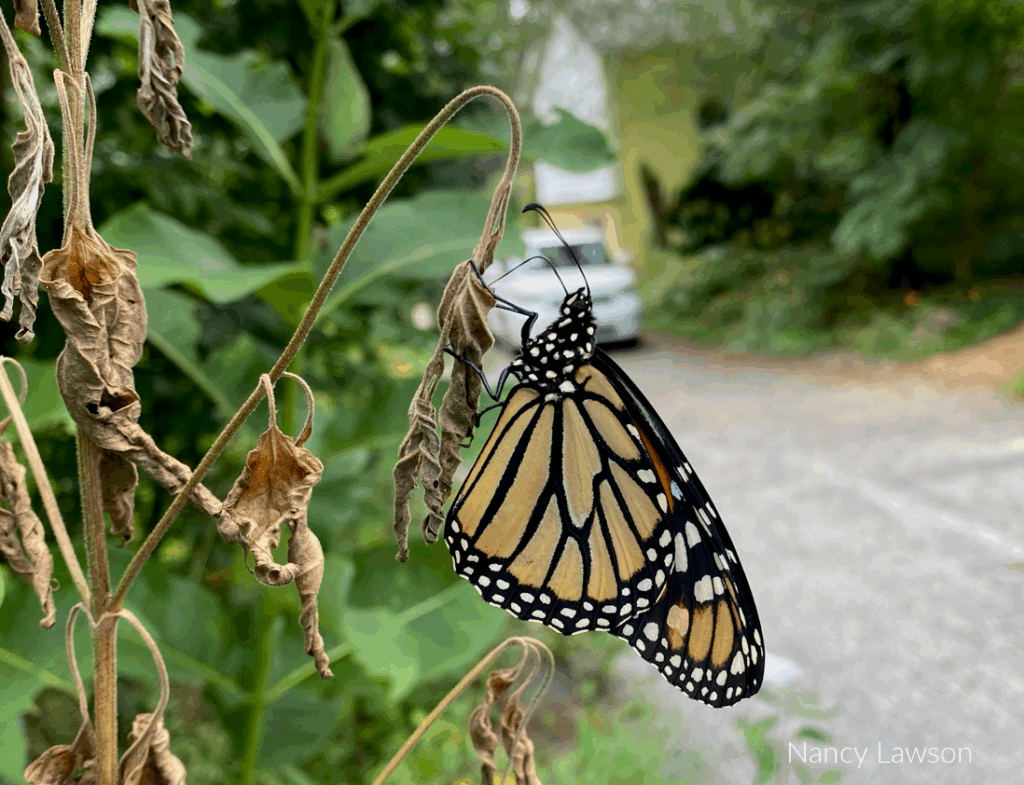
The project invites the public to report observations of this behavior to gather data on plant diversity and frequency of PA-gathering. Collaborators hope this initiative will shed light on an overlooked aspect of monarch butterfly behavior and inspire further research into their association with PA plants.
Check out the Monarch Rx project on CitSci.org, where you’ll find links to the paper, a one-page primer about the topic, and a place to put on record the many observations we hope you’ll make.
Quick Links to More Info:
Read the paper in Ecological Entomology: The puzzle of monarch butterflies (Danaus plexippus) and their association with plants containing pyrrolizidine alkaloids
Read the paper in News of the Lepidopterists’ Society: Monarch butterflies gather pyrrolizidine alkaloids from dead and injured plants: a call for citizen science contributions
Read the article in Entomology Today: New Citizen-Science Project Explores Little-Known Behavior in Monarch Butterflies
Read the article in the Wild Ones Journal: Monarch Rx: Butterflies Obtain “Drugs” from Withering Plants
Listen to the podcast with Joe Lamp’l of Joe Gardener: Monarch Rx: The Prescription for Healthier Butterflies
Read the primer: Summary and Fact Sheet about Monarch and PAs



